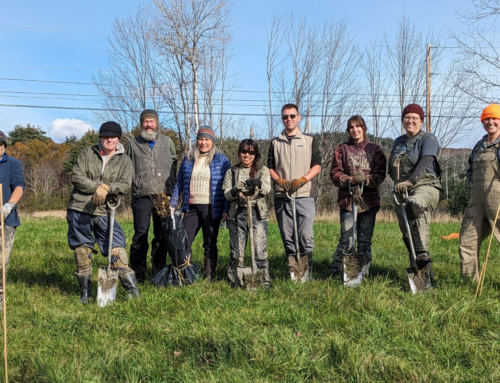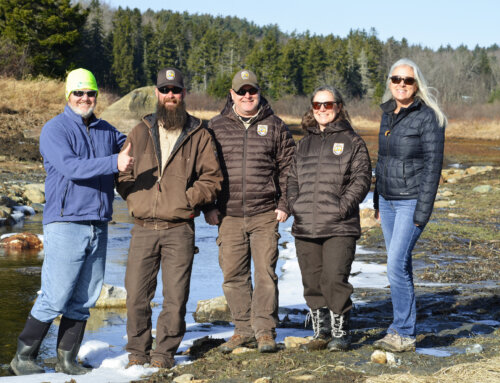Greenfield, MA— On Saturday, April 23rd, the Connecticut River Watershed Council (CRC) will host Adair Mulligan presenting “The Connecticut: New England’s Great River.” This free program is open to the public and will be held at the Keene Public Library in Keene, NH at 1pm. CRC staff will be on hand for questions afterward.
The largest river in New England, the Connecticut rises in a small beaver pond near the Canadian border and flows over 400 miles through four states, falling 2,670 feet to the sea through America’s only watershed-based national fish and wildlife refuge. Adair Mulligan leads an armchair tour of this great river in New Hampshire and Vermont, exploring its history and natural beauty through the seasons and among the communities that have sprung up along its banks. Next, the discussion will shift to how the river has influenced the lives of those who live there, and how they, in turn, have affected the river. Much more than a travelogue, this presentation explores the many issues involved in managing the health of this major river, and how citizens from all walks of life have created a vision for its future.
Adair Mulligan has a runaway curiosity about the natural and cultural history of northern New England. Author of The Gunstock Parish, A History of Gilford, New Hampshire, she has also contributed to Proud to Live Here in the Connecticut River Valley; Where the Great River Rises, An Atlas of the Upper Connecticut River; and Beyond the Notches: Stories of Place in New Hampshire’s North Country. Executive director of the Hanover Conservancy, she served for 20 years as Conservation Director of the Connecticut River Joint Commissions. Mulligan holds a master’s degree from Smith College.
The Connecticut River Watershed Council works to protect the watershed from source to sea. As stewards of this heritage, we celebrate our four-state treasure and collaborate, educate, organize, restore and intervene to preserve its health for generations to come. Our work informs our vision of economic and ecological abundance. To learn more about CRC, or to join the effort and help protect our rivers, visit ctriver.org.
###







